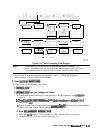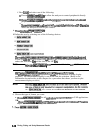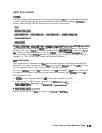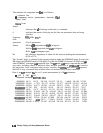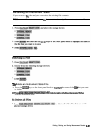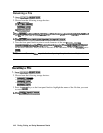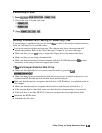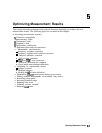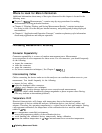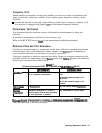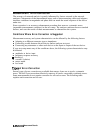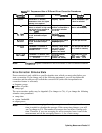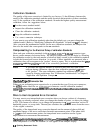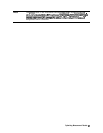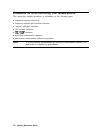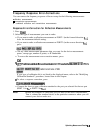
Where to Look for More Information
Additional information about many of the topics discussed in this chapter is located in the
following areas:
w
Chapter 2,
YMaking
Measurements,” contains step-by-step procedures for making
measurements or using particular functions.
n Chapter 4, “Printing, Plotting, and Saving Measurement Results,” contains instructions
for saving to disk or to the analyzer internal memory, and printing and plotting displayed
measurements.
n Chapter 6, “Application and Operation Concepts,” contains explanatory-style information
about many applications and analyzer operation.
Increasing Measurement Accuracy
Connector Repeatability
Connector repeatability is a source of random measurement error. Measurement
error-corrections do not compensate for these errors. For all connectors, you should frequently
do the following:
n
inspect the connectors.
n
clean the connectors.
n
gauge the connectors.
n use correct connection techniques ( See Chapter 2,
‘Ihble
2-l.)
Interconnecting Cables
Cables connecting the device under test to the analyzer can contribute random errors to your
measurement. You should frequently do the following:
n
inspect for lossy cables.
w
inspect for damaged cable connectors.
n
practice good connector care techniques,
n
minin&e
cable position changes between error-correction and measurements
w
inspect for cables which dramatically change magnitude or phase response when flexing.
(This may indicate an intermittent problem.)
Temperature Drift
Electrical characteristics will change with temperature due to the thermal expansion
characteristics of devices within the analyzer, calibration devices, test devices, cables, and
adapters. Therefore, the operating temperature is a critical factor in their performance. During
a measurement calibration, the temperature of the calibration devices must be stable and
within 25
f5
OC.
w
use a temperature-controlled environment.
n ensure the temperature stability of the calibration devices.
n
avoid handling the calibration devices unnecessarily during calibration.
w
ensure the ambient temperature is
f
1
OC
of measurement error-correction temperature.
6-2
Optimizing Measurement Results



